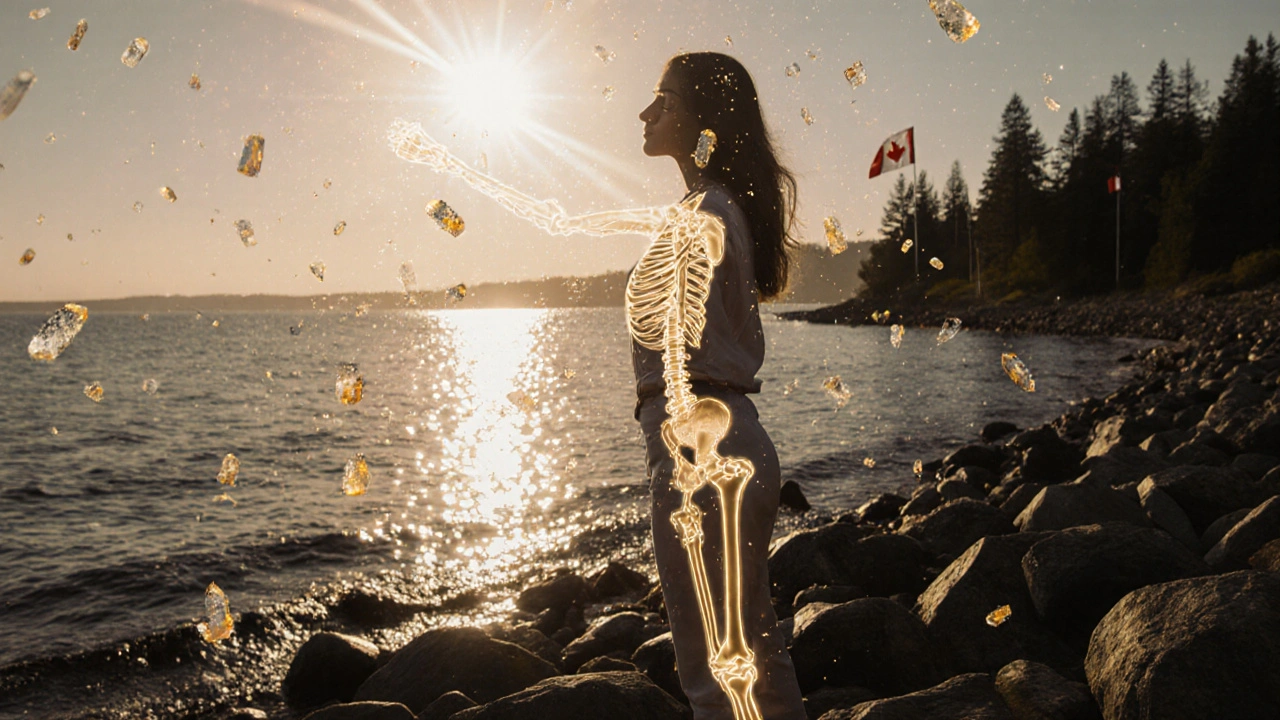Osteoporosis: Easy Guide to Spotting, Preventing, and Treating Weak Bones
Osteoporosis is a condition where bones become thin, fragile, and break more easily. It often sneaks up on people because there are no obvious signs until a fracture occurs. Understanding the basics, recognizing early warnings, and taking simple steps can keep your skeleton strong for years to come.
Symptoms & Early Detection
Most people don’t feel anything until a bone cracks. Common clues include frequent back pain, a loss of height, or a stooped posture. If you notice any of these, especially after a minor fall, it’s time to talk to a doctor. A quick bone density scan (DEXA) can tell you if you’re losing bone mass and how fast.
Doctors also look at risk factors: being a woman over 50, having a family history of osteoporosis, low body weight, smoking, heavy alcohol use, and taking certain meds like steroids. Hormone changes during menopause speed up bone loss, which is why women are especially vulnerable.
How to Protect and Treat Your Bones
Good nutrition is the first line of defense. Aim for at least 1,000 mg of calcium a day—think dairy, leafy greens, or fortified plant milks. Pair calcium with vitamin D (800‑1,000 IU) so your body can actually use the calcium. Sunlight, fatty fish, and supplements can help you hit the target.
Exercise matters just as much as food. Weight‑bearing activities such as walking, jogging, dancing, or light resistance training signal your body to build stronger bone. Even short, daily sessions of 20‑30 minutes can make a big difference.
If diet and exercise aren’t enough, medications are available. Common options include bisphosphonates (like alendronate), denosumab, and newer agents such as romosozumab. These drugs slow bone loss or even help build new bone. Talk to your doctor about side effects, dosing schedules, and which option fits your health profile.
Lifestyle tweaks can also lower your risk. Quit smoking, limit alcohol to no more than two drinks a day, and keep a healthy weight. Slow, controlled movements when you stand up reduce the chance of falls, which are the main cause of fractures in people with osteoporosis.
Regular check‑ups keep the picture clear. Most guidelines suggest a bone scan every 1‑2 years after a diagnosis, or earlier if you start a new medication. Tracking your numbers helps you and your doctor adjust treatment before a fracture happens.
Bottom line: osteoporosis doesn’t have to be a mystery or a sentence. By watching for subtle signs, getting a quick scan, eating calcium‑rich foods, staying active, and following medical advice, you can keep your bones solid and stay on the move.
How Bone Health Impacts Fluid Retention and Edema
Explore how calcium, vitamin D, hormones and kidney function connect bone health with fluid retention, and learn practical steps to strengthen bones while reducing edema.

